Axe of Martin
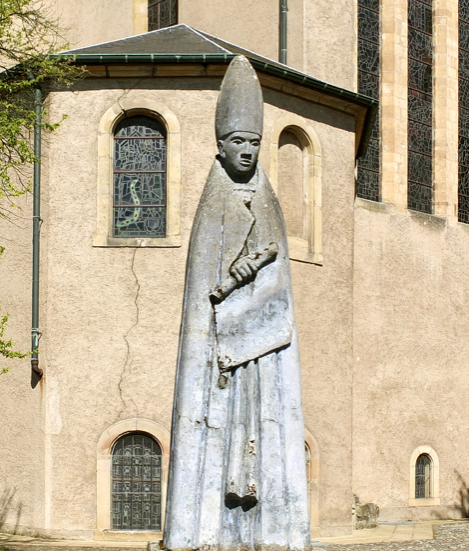
Willibrord (658 – 739 AD) was a Northumbrian missionary saint, known as the „Apostle to the Frisians” in the modern Netherlands. He became the first Bishop of Utrecht…
Bede says: „Pepin gave Willibrord a place for his episcopal see in his famous castle, which, in the ancient language of those people (who originally built it), is called Wiltaburg (the town of the Wilti), but in the French tongue Utrecht…”
Bede mówi: „Pepin dał Willibrordowi miejsce na swoją stolicę biskupią w swoim słynnym zamku, który w starożytnym języku tych ludzi (którzy go zbudowali) nazywa się Wiltaburg (miasto Wilti), ale w języku francuskim Utrecht…”
Wilti, of Wiltzi were a West Slavic tribe. During the time of Charlemagne, Wilti were in alliance with the Saxons, fighting against the Franks who were allied with another Slavic tribe, Obodriti…
Wilti z Wiltzi byli plemieniem zachodniosłowiańskim. W czasach Karola Wielkiego Wilti byli w sojuszu z Sasami, walcząc przeciwko Frankom, którzy byli sprzymierzeni z innym słowiańskim plemieniem, Obodriti…
You can read more about Slavs among Anglo Saxons in my post which talks about the 1906 book „Origin of the Anglo – Saxon race” by Thomas William Shore…
Now this is very interesting. Here is why:
Teraz bardzo interesujące jest co innego. Oto dlaczego:
The Museum Catharijneconvent in Utrecht has a relic in its collection which is called „the hammer of St. Martin of Tours”. It was made in the 13th or 14th century from a late Bronze Age stone axe from ca. 1,000 – 700 BC, though the dating is uncertain…
Muzeum Catharijneconvent w Utrechcie posiada w swoich zbiorach relikt zwany „młotem św. Marcina z Tours”. Wykonano ją w XIII lub XIV wieku z kamiennej siekiery z późnej epoki brązu z ok. 1000-700 pne, choć datowanie jest niepewne…
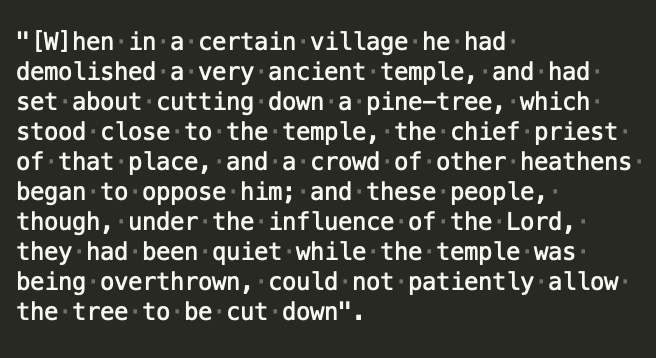
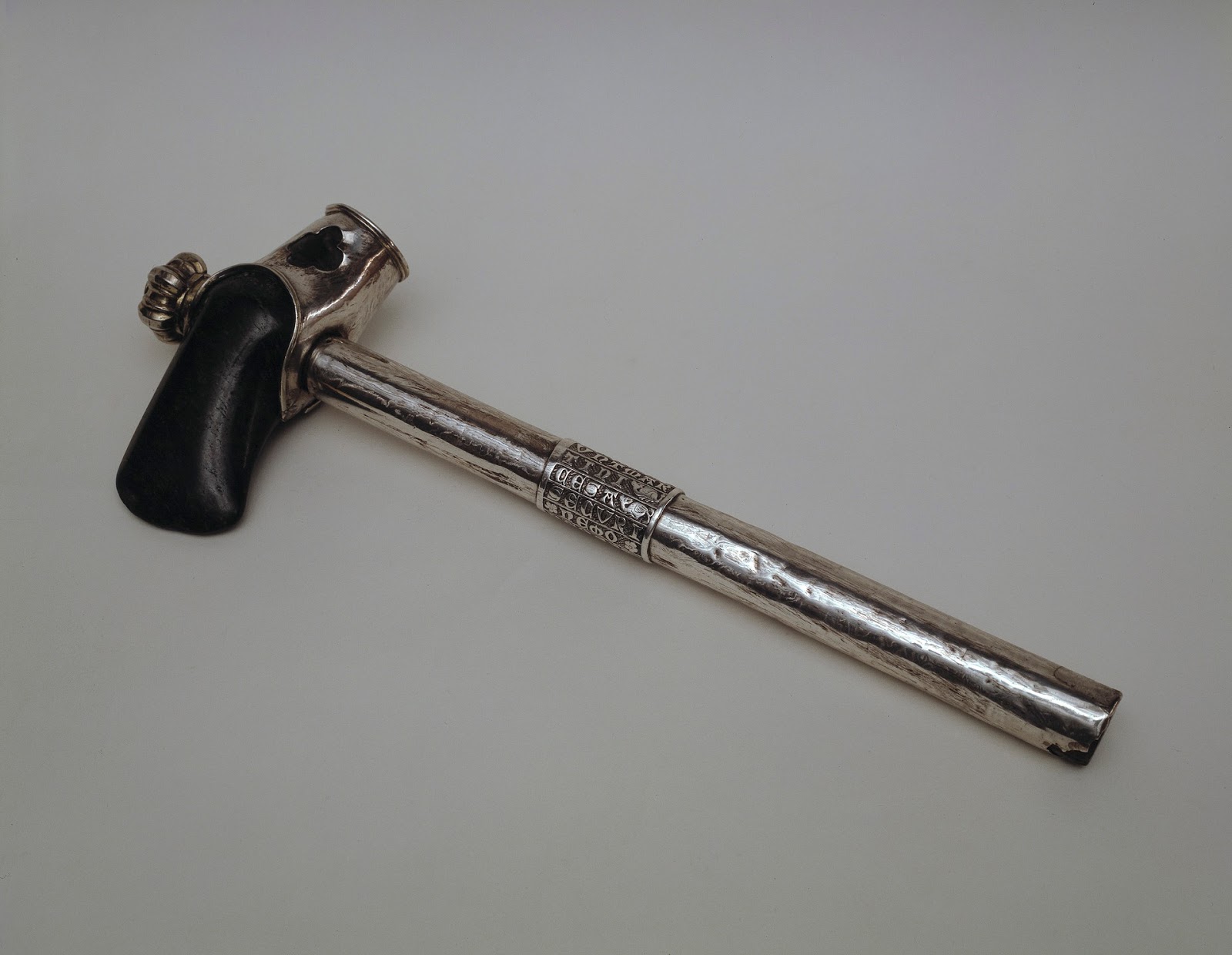
It is interesting Slavs believed that Perun’s lightning bolts were made of stone… According to folk beliefs, prehistoric stone axes found in the ground were remains of these weapons…
Co ciekawe, Słowianie wierzyli, że pioruny Peruna wykonane są z kamienia… Według ludowych wierzeń, pozostałości tej broni były znajdowane w ziemi jako prehistoryczne kamienne topory…
As bishop, Martin set to enthusiastically destroy pagan temples, altars and sculptures. And to cut holy trees. I love how in this story from St Martin’s biography, people who stood and watched Martin destroy an ancient temple, revolted when he decided to cut an ancient holy tree.
Jako biskup Martin przystąpił z entuzjazmem do niszczenia pogańskich świątyń, ołtarzy i rzeźb. I ścinania świętych drzew. Uwielbiam tę historię z biografii św. Marcina jak ludzie, którzy stali i patrzyli, jak Marcin niszczy starożytne świątynie, zbuntowali się, gdy postanowił ściąć prastare święte drzewo.
Saint Martin’s day, Martinmas, is the alleged Funeral day of Saint Martin. It is celebrated on November 11 each year….
Dzień Świętego Marcina, Martinmas, jest rzekomym dniem pogrzebu Świętego Marcina. Jest obchodzony 11 listopada każdego roku….
Interestingly, Saint Martin’s day is also known as „Ould Halloweve” or „Old Halloween”… This came about as a result of the removal of ten days from the calendar when the Gregorian calendar replaced the Julian in 1582…
Co ciekawe, dzień św. Marcina znany jest również jako „Ould Halloweve” lub „Stare Halloween”… Stało się to w wyniku usunięcia dziesięciu dni z kalendarza, gdy w 1582 roku kalendarz gregoriański zastąpił kalendarz juliański…
Now, Halloween is the old Celtic Samhain, which was celebrated on the 1st of November. That day marks the end of Autumn… The beginning of autumn Lughnasa, which is celebrated on the 1st of August…
Teraz Halloween to stary celtycki Samhain, obchodzony 1 listopada. W tym dniu kończy się jesień… Początek jesieni Lughnasa, która obchodzona jest 1 sierpnia…
[Dla Słowian jest to Górowanie Lata i faktyczny Zalęg Jesieni (5 sierpnia), ale nie jej początek – początek Jesieni to 23 września CB].
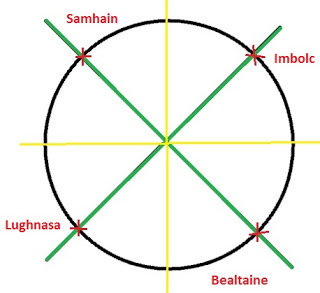
You can read more about the parallels between Celtic and Serbian calendars in my post „Two crosses”
Again interestingly 🙂 Celtic calendar is also Serbian calendar. Where we find Lughnasa in Celtic calendar, we find St Elijah day in Serbian calendar, also known as Perun day…
Znowu ciekawie 🙂 Kalendarz celtycki to także kalendarz serbski. Tam, gdzie w kalendarzu celtyckim znajdujemy Lughnasę, w kalendarzu serbskim znajdujemy dzień św. Eliasza, znany również jako dzień Peruna...
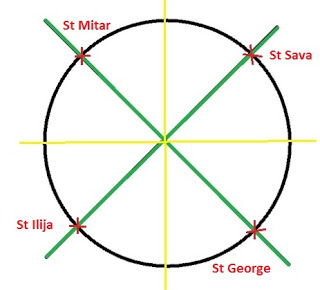
You can read more about the link between St Elijah the Thunderer and Perun in my posts „The thundering sun god” and „Alidjun„.
Perun’s symbol was an axe. Like this one I talked about in my post „The axe of Perun„.
Więcej na temat związku między św. Eliaszem Gromowładnym a Perunem możesz przeczytać w moich postach „Bóg piorunującego słońca” i „Alidjun”.
Symbolem Peruna był topór. Taki jak ten, o którym mówiłem w poście „Topór Peruna”.
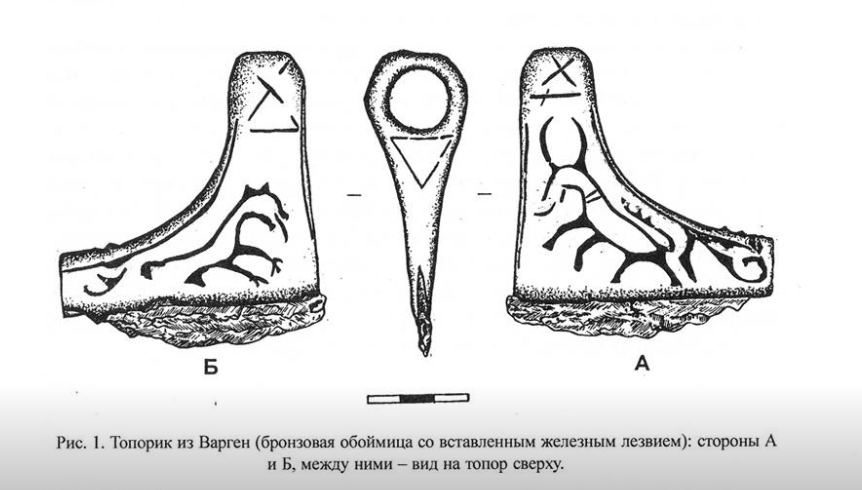
And I believe that the axe of Perun was originally a stone axe…Just like St Martin’s axe…
I wierzę, że topór Peruna był pierwotnie toporem kamiennym… Tak jak topór św. Marcina…
Have you ever thought why? Lightning was the original source of fire. Which is why fire was „the property of gods”…And not just any gods. Thunder gods. Like Perun. Now neolithic stone axes (not all of them, but a lot of them) were made of flint. And flint can be used for making sparks which can can be used for lighting fire. These sparks are miniature human made lightnings…So if humans can make small lightning with flint, gods probably also use flint for making big lightning…Hence stone axes (or hammers) becoming the weapons of thunder gods, and being viewed as „petrified lightning bolts”…
Czy kiedykolwiek zastanawiałeś się dlaczego? Błyskawica była pierwotnym źródłem ognia. Dlatego ogień był „własnością bogów”… i nie byle jakich bogów. Bogów Piorunów, jak Perun. Znane obecnie neolityczne kamienne siekiery (nie wszystkie, ale sporo) wykonano z krzemienia. A krzemienia można użyć do „krzesania” iskier, które można wykorzystać do rozpalenia ognia. Te iskry są miniaturowymi błyskawicami zrobionymi przez ludzi… Jeśli więc ludzie potrafią zrobić małe błyskawice za pomocą krzemienia, bogowie prawdopodobnie używają krzemienia również do robienia dużych błyskawic… Stąd kamienne topory (lub młoty) stają się bronią bogów piorunów i są postrzegane jako „skamieniałe pioruny”…
As I said, Autumn, season brought by axe wielding Slavic thunder god Perun, ends on Samhain, Old Halloween…The day of the funeral of the axe wielding Saint Martin…What a coincidence…
And according to Scotish (Pictish?) lore, St Martin was, just like Perun, a „Dragon (Serpent) killer”…I talked about this in my post „Balluderon stone„…
Jak już wspomniałem, jesień, to pora roku, którą przynosi dzierżący topór słowiański bóg piorunów Perun, kończy się w Samhain, Stare Halloween… Dzień pogrzebu dzierżącego topór świętego Marcina… Co za zbieg okoliczności…
A zgodnie ze szkockim (piktyjskim?) przekazem św. Marcin był, tak jak Perun, „zabójcą smoka (węża)”… Mówiłem o tym w moim poście „Kamień Balluderon”…
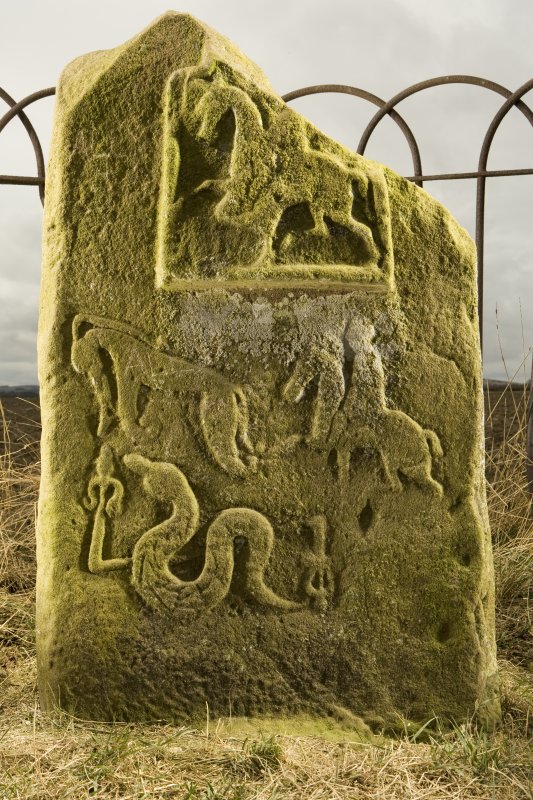
As I said in this post:
Dragon killing is done by Perun. It is him who inflicts the deadly wound with his thunderbolt (spear, arrow, axe, club)… But Dragons are „nasty beasts” 🙂 and they don’t die easily…So it is at the end of autumn that they finally go „to the land of the dead”…By „coincidence” the same time when the sun goes to the „land of the dead” too…
Jak powiedziałem w tym poście:
Zabijania smoków dokonuje Perun. To on zadaje śmiertelną ranę swoim piorunem (włócznią, strzałą, toporem, maczugą)… Ale smoki to „wstrętne bestie” 🙂 i nie giną łatwo…
The end of autumn, the end of harvest, Samhain, Halloween, Martinmas, Mratinci was the day when our ancestors made thanks giving blood sacrifices to their ancestors and their ancestral deity, Irish to Dagda (Chrom Dubh) and Serbs (Slavs) to Dabog (Hromi Daba)…I talked about this in my post „Thanksgiving„.
Tak więc pod koniec jesieni w końcu udają się „do krainy umarłych”… „Przypadkiem” w tym samym czasie, gdy słońce również idzie do „krainy umarłych”… Koniec jesieni, koniec żniw, Samhain, Halloween, Martinmas, Mratinci to dzień, w którym nasi przodkowie dziękowali składając ofiary krwi swoim przodkom i bóstwu przodków, Irlandczycy Dagdzie (Chrom Dubh) i Serbowie (Słowianie) Dabogowi (Hromi Daba)…Mówiłem o tym w moim poście „Święto Dziękczynienia”.
This practice of blood letting at the end of autumn, was preserved to this day by the Irish and the Serbs. It is done on Martinmas in Ireland and Mratinci in Serbia. More about that soon. Watch this space 🙂
Ta praktyka upuszczania krwi pod koniec jesieni została zachowana do dziś przez Irlandczyków i Serbów. Odbywa się to na Martinmas w Irlandii i Mratinci w Serbii. Więcej o tym wkrótce. Obserwuj tą przestrzeń 🙂
źródło: https://oldeuropeanculture.blogspot.com/2020/02/axe-of-martin.html
